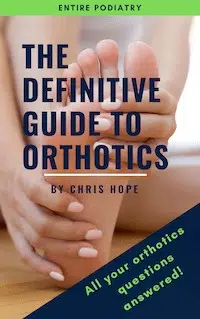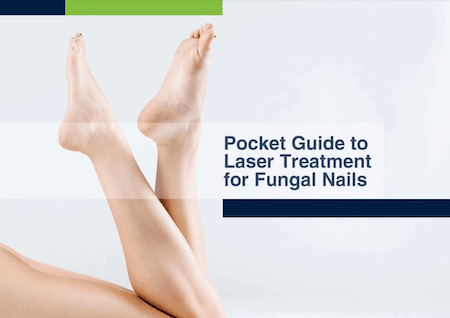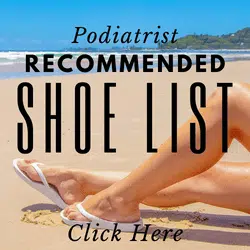The foot is a very complex structure made up of 26 bones. However, did you know that some people’s feet contain more than 26 bones!
These extra bones are known as ‘Accessory bones’. There are a few places where they are more likely to develop in the foot. They can exist within a tendon, these are known as ‘sesamoid’ bones, or they can develop beside a regular bone in the foot.
Many people may never realise that they have an extra bone in their feet. Some accessory bones may be more obvious because they sit closer to the skin so you may feel a lump in this area. An x-ray is the best way to confirm the presence of an accessory bone.
Your podiatrist will be able to diagnose an accessory bone, and may request x-rays to determine the exact size and location of this bone. If the bone causes pain there are various treatment options available to resolve this.
Os Peroneum Pain
The Os Peroneum is a small accessory or ‘extra’ bone that sits on the outside of the foot next to a bone called the cuboid. It lies within a tendon called the peroneus longus.
This extra bone isn’t present in everyone, it occurs in only about 10-20% of the population.
This extra bone may not cause any pain or symptoms, in fact many people may not even know that they have an Os Peroneum. However for some people this bone can be a cause of pain on the outside of the foot.
Pain from Os Peroneum can develop from a variety of different causes. Presence of this bone can overload the peroneal tendon leading to a tendinopathy. This bone may weaken the tendon which can predispose the tendon to rupture. This bone may fracture following an injury such as an ankle sprain or a particularly large bone may cause rubbing and irritation from pressure inside shoes.
Orthotics for os peroneum pain
A pair of foot orthotics can be very effective in the management of os peroneum pain. Orthotics reduce pressure and strain on the peroneus longus tendon, which reduces the traction on this accessory bone.
Conservative treatment such as orthotics and appropriate footwear is usually successful. However, in certain cases if there is no reduction in pain after 3-6 months of conservative treatment surgery may be required. Surgery will remove this extra bone and will repair any damage to the peroneal tendon if this is present.
Os Trigonum Syndrome
The Os Trigonum is an accessory bone or an ‘extra’ bone that sits at the back of the ankle joint at a bone called the talus. It occurs in less than 20% of the population. The bone can either be fused to the talus, in which case it is known as the trigonal process, or it can be a separate bone called the Os Trigonum.
Causes of Os Trigonum Syndrome
This bone may be asymptomatic, but for some people the presence of this bone can lead to pain around the ankle and this is known as Os Trigonum syndrome.
Pain in this bone may begin following an injury, such as an ankle sprain. The injury can jam the ankle in a particular way which aggravates this small bone. Os Trigonum syndrome may also develop from overuse, particularly in those who participate in activities where the foot is pointing downwards, such as ballet or kicking sports. When the foot is in this downwards position the small bone at the back of the foot can get ‘crunched’ between the heel and the ankle, which can aggravate and irritate the bone.
Signs and Symptoms of Os Trigonum Syndrome
Os Trigonum syndrome causes pain to be felt at the back of the ankle joint. There may also be swelling in the area. The ankle joint may be sore to touch, but more often the pain is worse when the ankle is stretched in a downwards position as this pinches the bone between the calceaneus (heel bone) and the tibia (shin bone). There will usually be restricted movement and ‘tightness’ of the ankle compared to the non-affected foot.
Diagnosis of Os Trigonum Syndrome
Your podiatrist may suspect the presence of Os Trigonum Syndrome based on your history and their clinical assessment. An x-ray is often requested as this will confirm the diagnoses and well as showing the exact size, location and position of the bone.
Treatment of Os Trigonum Syndrome
Treatment of Os Trigonum Syndrome will usually begin with conservative or ‘non-surgical’ measures. This involves a combination of rest and immobilisation.
Entire Podiatry can properly fit you to a walking boot to offload your foot and ankle. A ‘Pneumatic Boot’ also called moon boots, walkers, cast boots, medical boot, walking cast and fracture boots.is the best way to immobilise your foot to allow healing. Other measures include anti-inflammatory medications or a corticosteroid injection.
If these measures have been unsuccessful then surgery may be required. A surgeon will remove this extra bone and ‘clean up’ any inflamed tissue or injured structures around the area.




